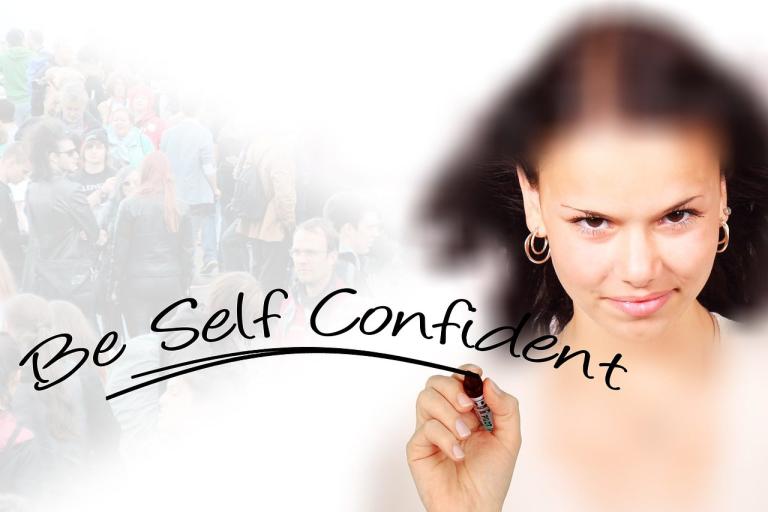As we begin this new year, we are again faced with many uncertainties that can bring stress and tension to our physical bodies. Resiliency in these times means having a number of ways to manage stress and stay the course. Since stress impacts us physically, emotionally and spiritually, we need to pay attention to all parts of our lives.
Let’s begin with a focus on our physical body. Are you tense, worried or anxious? Body tension usually presents as tense muscles, fatigue and headaches, so do a quick assessment. Close your eyes and concentrate on your physical body to notice if there is tension. Roll your shoulders, your neck and notice any tension. Doing this usually brings awareness of any physical tension you are holding.
Tension and relaxation are incompatible so learning a few relaxation methods will help tremendously. If you would like more information, I wrote about these techniques in my small booklet, Breaking Free from Stress. Here are three techniques that work to calm down your nervous system and take it off high alert.
- Deep and slow breathing. Take slow, deep breaths. Then simply focus your mind on each breath. If you feel distracted, count backward from 10 as slowly as you can, releasing your breath fully. Take a normal breath in—count and say “nine” as slowly as you can and release the breath fully. Any time you feel tense, take a few minutes and practice this type of breathing. This is easy to do and can be done anywhere.
- Progressive muscle relaxation. Tensing muscles and then relaxing them produces a state of relaxation. This technique was created by a physician named Edmund Jacobsen in the 1920s. You train your muscles to relax when you focus on them. So, take each muscle in your body and practice tensing and relaxing them one at a time. This also activates the natural production of opiates in your body which makes you feel good and promotes optimal immune function. To practice, you can search for a progressive muscle relaxation recording on-line. The recording will walk you through tensing and relaxing each of the muscles in your body. This exercise takes about 30 -45 minutes. I used to practice at night before falling asleep. Once you do it enough times, you can do it on your own without the recording.
- Guided imagery. This technique relaxes your physical body by engaging all your senses. It is easiest to use an on-line recording to guide you through the exercise, but you can develop your own visualization as well. When you practice, you envision a relaxing scene with great detail relating to all of your senses. The scene may be something in nature like a beautiful waterfall or a cool and dense forest where you may take a calming walk in your imagination. Some people like a cabin in the woods with a gentle snow fall, others visualize a beach with palm trees swaying in the wind. The idea is to pick a scene that would be relaxing for you.
Some of you may want to try guided imagery using a scene of heaven as described in the Bible. John’s vision of the throne room gives us some clues. Read Revelation and do what the well-known song says, “I can only imagine…” Begin with this:
After this I looked, and behold, a great multitude that no one could number, from every nation, from all tribes and peoples and languages, standing before the throne and before the Lamb, clothed in white robes, with palm branches in their hands, and crying out with a loud voice, “Salvation belongs to our God who sits on the throne, and to the Lamb!” And all the angels were standing around the throne and around the elders and the four living creatures, and they fell on their faces before the throne and worshiped God, saying, “Amen! Blessing and glory and wisdom and thanksgiving and honor and power and might be to our God forever and ever! Amen.” (Revelation 21:9-12)
Next time you are stressed and feel physical tension in your body, try these techniques and notice how your body relaxes.



